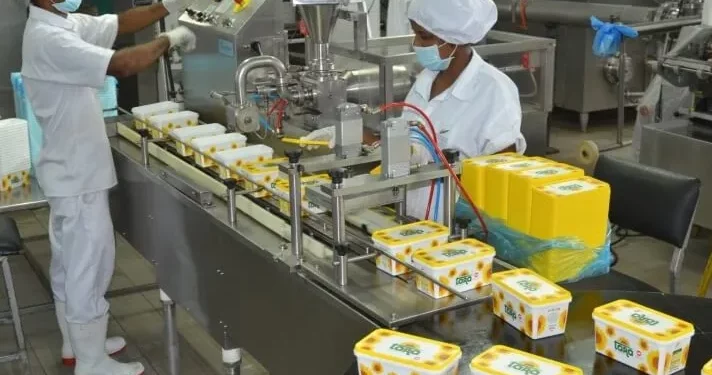In a compelling display of economic resilience, Q3 2023 has proven to be a pivotal period for Ghana’s manufacturing sector, as indicated by key financial indicators.
Per the Bank of Ghana’s Quarterly Economic Bulletin for Q3 2023, the collection of direct taxes, serving as a barometer for industrial activity, witnessed an extraordinary surge, registering a remarkable 50.0% increase to reach GH¢12,352.02 million compared to the Q3 2022 figure of GH¢8,233.97 million.
Corporate Tax, comprising 49.7% of the total, led the charge, closely followed by Income Tax (PAYE and Self-employed) at 36.4%, with other tax sources contributing 13.9%.
Private sector workers’ contributions to the SSNIT Pension Scheme (Tier-1) echoed this positive momentum, soaring by 35.5% to GH¢1,057.00 million in Q3 2023.
This notable upswing, a 6.9% increase from Q2 2023, was attributed to both the enrollment of new employees and enhanced compliance by private sector employers.
Moreover, the consumption of electricity by industries, a pivotal proxy for productive sector activities, surged by an impressive 33.9% during Q3 2023.
Industries harnessed 1,110.23 giga-watts of power, signaling a substantial improvement from the 828.87 giga-watts recorded in Q3 2022.
These robust figures underscore a tangible resurgence in the heart of Ghana’s economic machinery, painting a vivid picture of heightened industrial activity.
As the nation navigates the economic landscape, these indicators stand as beacons of optimism, reflecting the underlying strength and vitality of the manufacturing sector in Q3 2023.
source: norvanreports.com






































